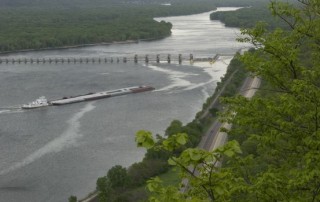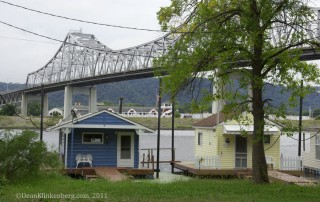Kellogg
Population (2010) 456 Introduction Located in the Zumbro River delta with the Mississippi River, the village of Kellogg is within close proximity to a number of wildlife areas. Visitor Information Direct your questions to the Wabasha-Kellogg Convention and Visitors Bureau (in Wabasha at 137 Main





